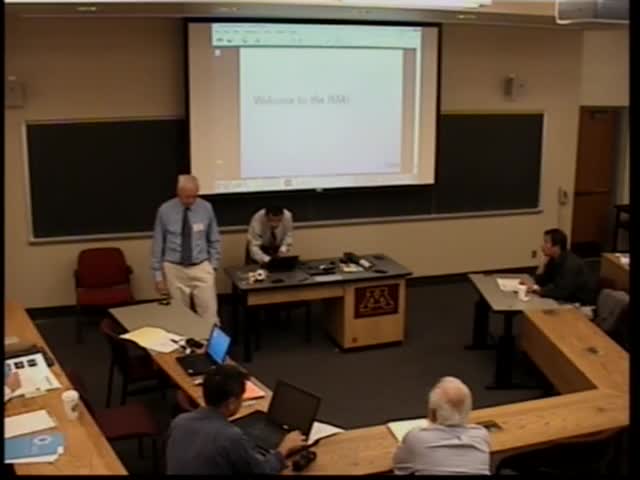Implantable medical devices – we have come a long way, but where next?
Presenter
September 13, 2010
Keywords:
- Medical
MSC:
- 92C50
Abstract
While we tend to think of implantable medical devices as new, high tech products, they have actually been around for quite some time now. Two of the most well known types of these devices, heart valves and pacemakers, have been on the market for around 50 years. During that time, these, and similar, products have come a long ways as measured by complexity, sophistication and reliability. There are two basic classes of implantable devices, passive and active. Active devices are powered, like pacemakers and defibrillators, while passive devices are not powered, such as heart valves and spinal appliances. Implantable medical devices have come to be very important elements of modern health care. What was once thought of as a small market opportunity has now become a large market, well over $50B in annual revenue and perhaps a dozen or more major categories of products.
While the technology and engineering of the devices themselves has become very sophisticated, one aspect of these devices has not changed very much over their history. That aspect is our detailed understanding of how the device and the body interact. Biocompatibility is the catch-all phrase used in connection with the device-body interface. It refers to the body being able to tolerate the device, and in turn, the device’s ability to being able to reliably function in the body. We have come to understand that the main criteria for biocompatibility is a well behaved, inert material. That means a stable material that will not interact with the body at a rate that would be detrimental to either the body or the device. However, this is an empirical criteria and there is little understanding of what actually happens at either a molecular, or a cellular level. Such a knowledge gap puts limitations on our ability to improve existing devices or create new ones as we have little idea how to best engineer the interfaces for optimum performance; in fact we really do not know if there is any meaningful engineering we can do to control how the device and body interact. The goal of this talk is to suggest some frames for thinking about how the body and devices interact at fundamental levels.
